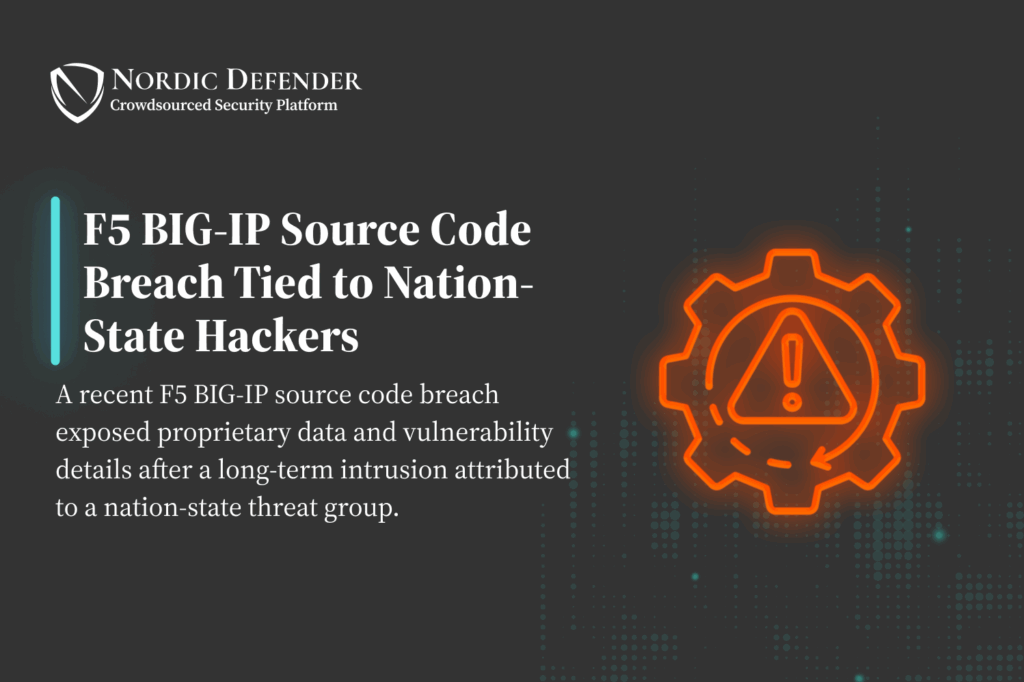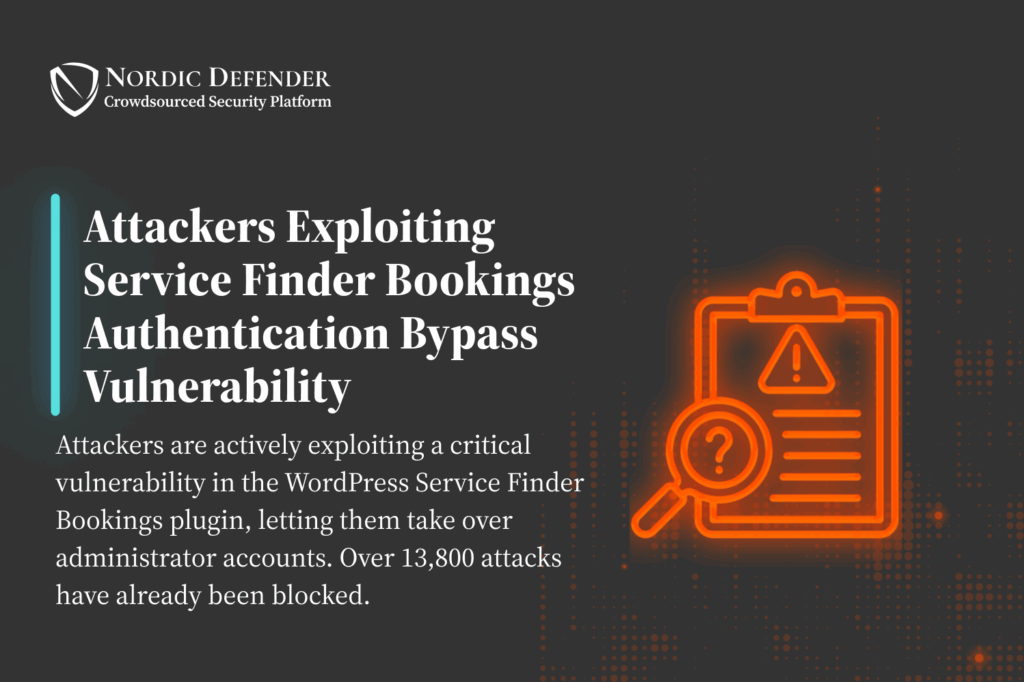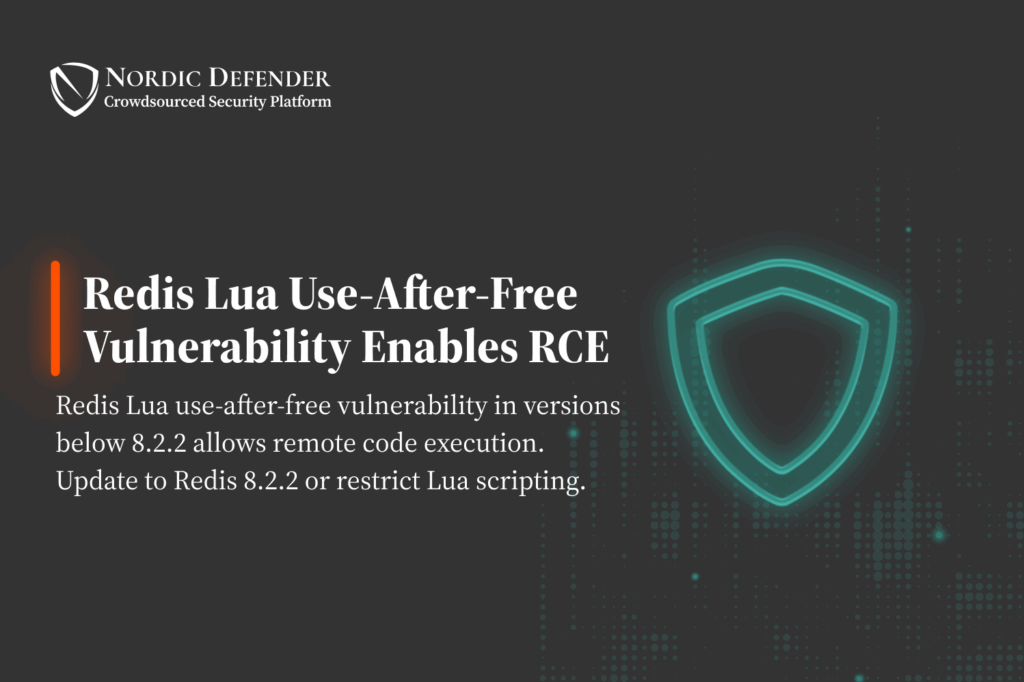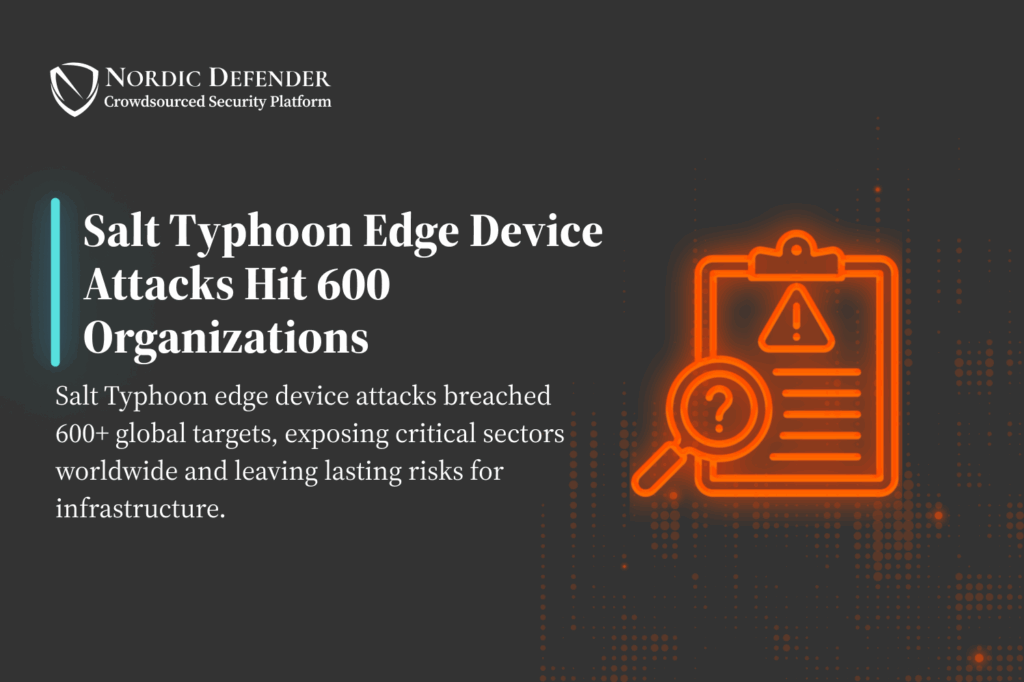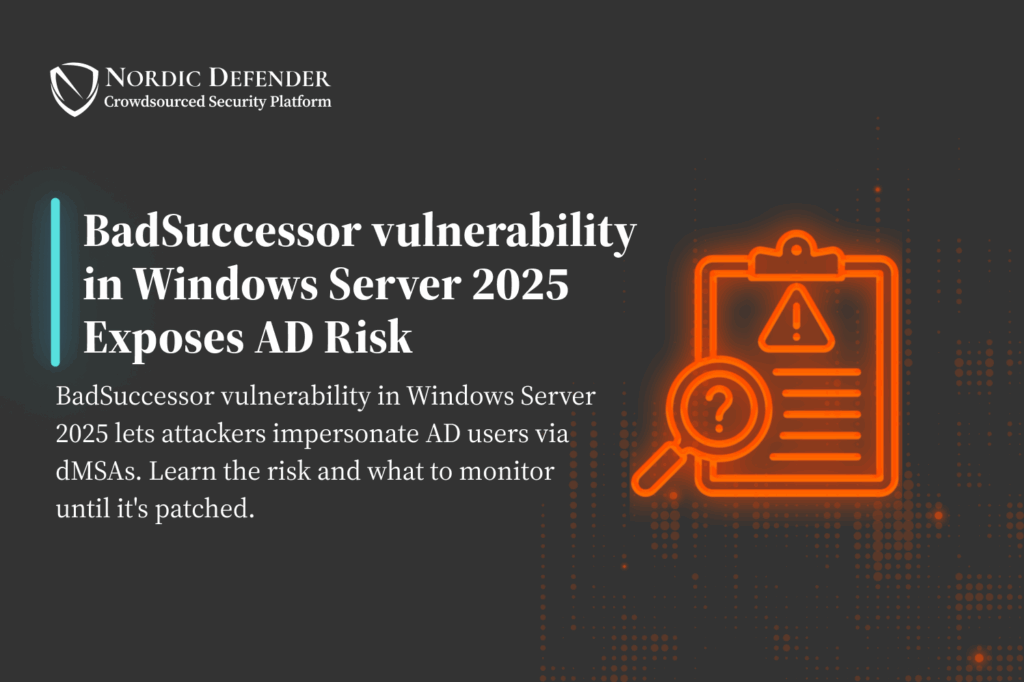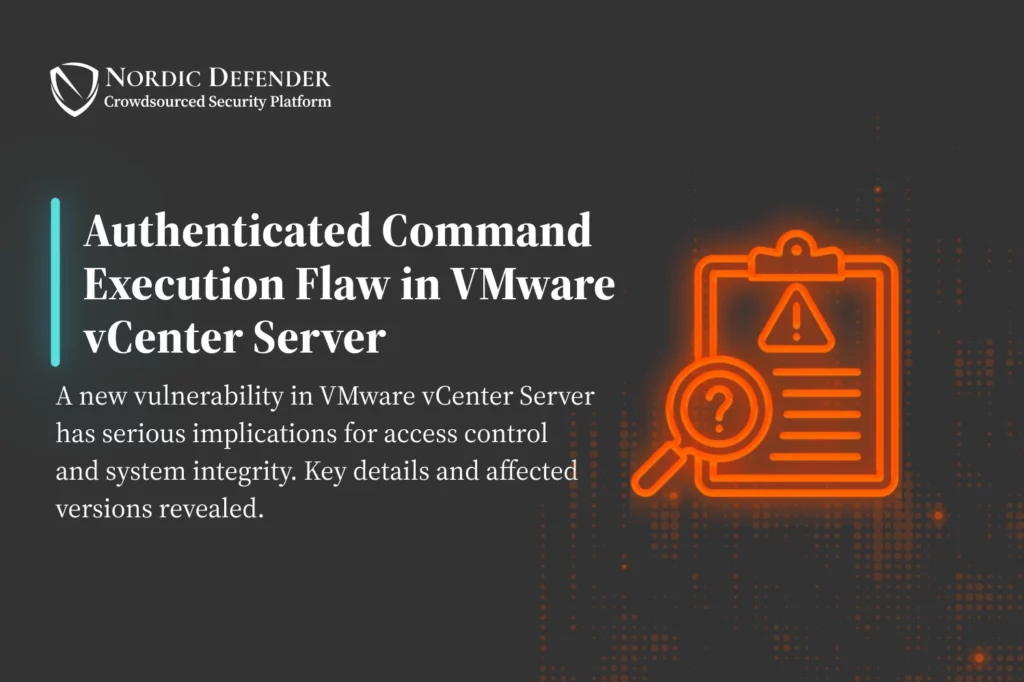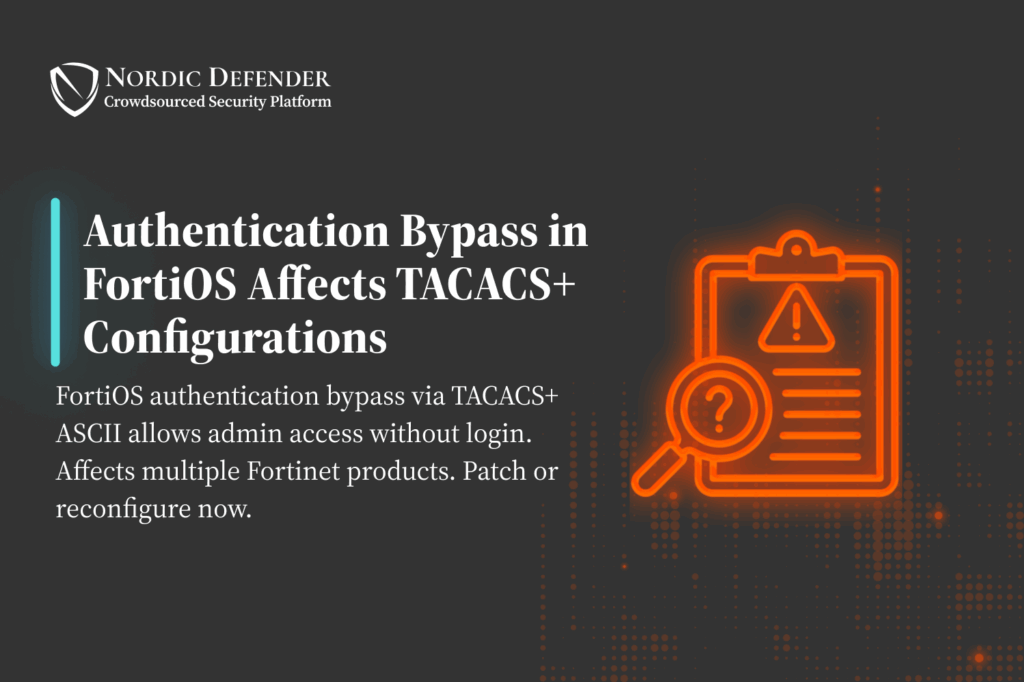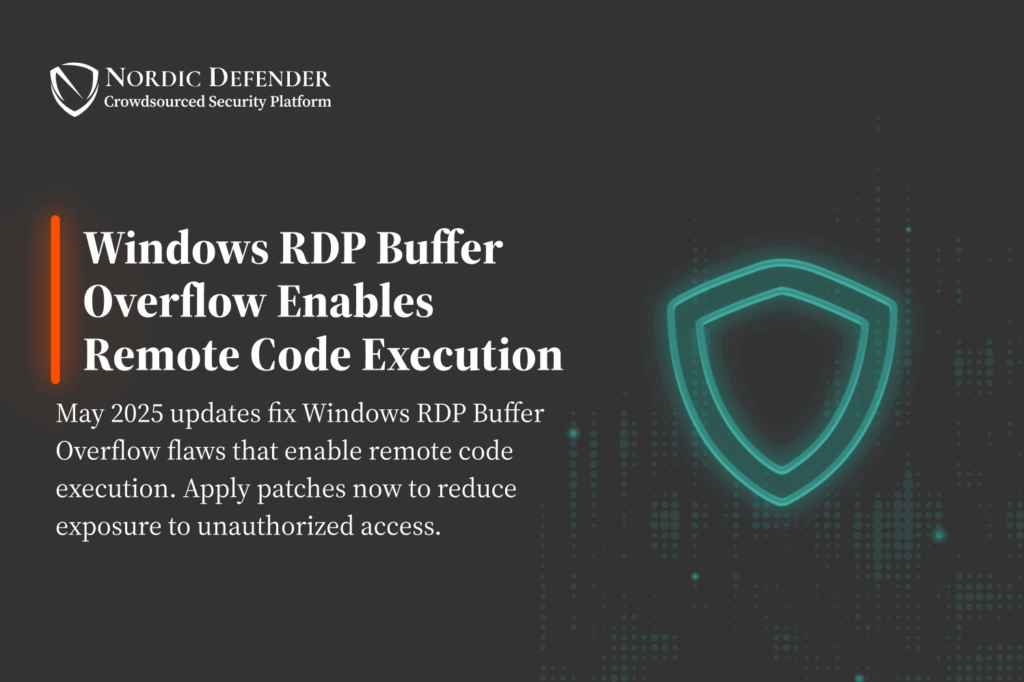F5 BIG-IP Source Code Breach Tied to Nation-State Hackers
A recent F5 BIG-IP source code breach has exposed proprietary data and undisclosed vulnerability information after threat actors gained long-term access to the company’s internal systems. The intrusion has been attributed to a highly sophisticated nation-state group, according to an SEC filing published on October 15, 2025. Scope and Impact of the Breach F5 confirmed …
F5 BIG-IP Source Code Breach Tied to Nation-State Hackers Read More »
